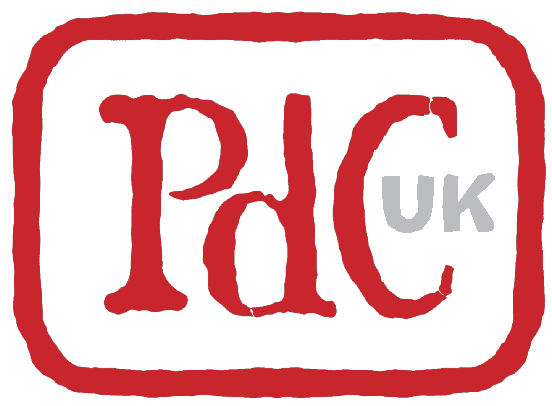Fire Damper Testing
Fire and Smoke Damper Testing
Fire and smoke damper testing and maintenance is an legal requirement in fire safety and must be carried out by the building owner or person of fire responsibility on an annual basis in order to comply with BS-9999.
All fire safety systems must be regularly and professionally maintained to ensure the safety of building occupants – a faulty fire damper will not prevent the spread of fire. With the enactment of the Regulatory Reform (Fire Safety) Order 2005, it is now the employer’s responsibility to maintain your fire safety systems.
- Locate and test all fire and smoke dampers
- Maintain as appropriately, cleaning and lubricating to the level of pollution and degradation
- Report on the condition of each fire damper
- Digital photographic evidence of fire damper condition, before and after testing
- Supply inspection test results including drawings with annotated details
- Recommendations with corrective or remedial action
- Provide or update asset register include location, ID number
Fire dampers are crucial passive fire protection products used in heating, ventilation, and air conditioning ducts to prevent the spread of fire inside the ductwork, through fire-resistance rated walls and floors. In the event of a rise in temperature, the fire damper closes, usually activated by a thermal element. As they are open most, if not all of the time, it is vital to ensure that fire dampers will still close effectively when required, and the only way to ensure this is to test and maintain ALL of the dampers in your system – even the inaccessible ones. There is no exception to the rule with annual testing as a minimum to protect your building and its occupants.
BS 9999 provides a best practice framework for fire safety and includes standards for the definition, maintenance and testing of fire dampers. It states that all fire dampers should meet the criteria of fire resistance for a stated period of time and that: All fire dampers should be tested by a competent person at regular intervals not exceeding one year, and to be repaired or replaced immediately if found to be faulty. Spring-operated fire dampers should be tested annually and fire dampers situated in dust laden and similar atmospheres should be tested much more frequently, at periods suited to the degree of pollution.
There are a number of reasons fire dampers fail, the most common being obstructions, debris, poor installation, lack of maintenance and corrosion leading to spring and component failure.
Air pollutants and chemicals in certain types of building, such as a swimming pool, can cause accelerated degradation, impacting tight seals and spring functioning and ultimate failure.
One failure can have disastrous impact on the spread of smoke and fire throughout a building leading to loss of property, damage or loss of life.
As the building owner or person responsible for your fire safety, it is critical that safety systems are checked annually, or more frequently if in an area of high pollutants or degradation – inspected and maintained.
It can be difficult to identify, locate and access fire dampers for fire damper testing, even in newer buildings. Expert testing from competent ductwork engineers is required to ensure hidden dampers are discovered so they can be maintained properly. Difficult to access fire dampers must be accessed and panels installed to gain access where necessary.
Inventory of all dampers to be tested.
All Fire/Smoke dampers will be manually released to ensure the integrity of the spring loaded shutter.
The Fusible link should be inspected for any deformity or damage.
The Fire/Smoke Damper will be cleaned and lubricated within the closed position.
The Fire/Smoke Damper shall then be opened and re-set.
Any severe corrosion found shall be reported to the client.
Test results with client information including position within the building/system, date, and name of operative shall be recorded and any comments noted if further action is required.
Asset register to include damper location and ID number.
Inspection results including details of failed damper operation.
If drawings are provided, update and annotate details.
Digital photographic evidence of damper condition prior to and after testing procedures unless otherwise specified by client.
Explanation of failed operation and recommended corrective or remedial action.
Request a Callback
Drop us a message with your requirements and one of our friendly advisors will be in touch to discuss and provide you with a quote.
